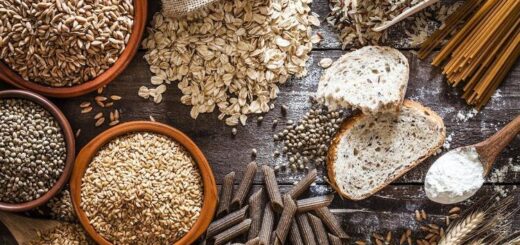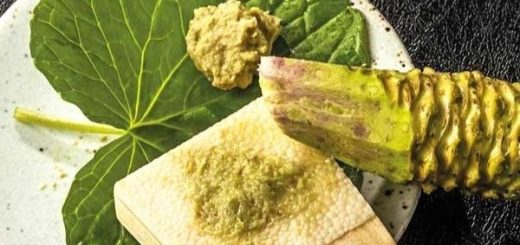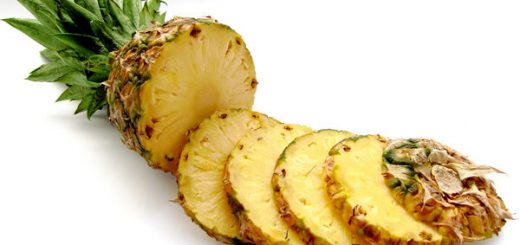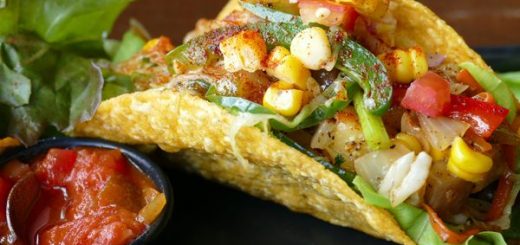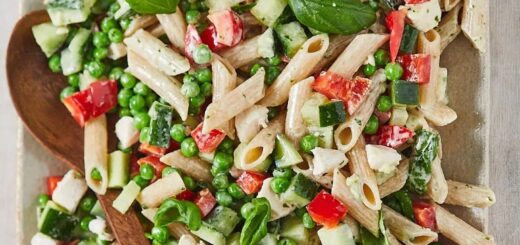Burrata Cheese: Mozzarella Outside with Cream

Burrata Cheese: Silky Creamy Consistency
The history of Burrata cheese, which has more than 1000 varieties around the world, dates back almost 8000 years. Cheese, which is thought to have been found by shepherds in Mesopotamia, is the most loved and consumed dairy product all over the world today. It is indispensable for an adequate and balanced nutrition program.
Cheese, which is a fermented product, was formed as a result of the accidental souring of milk. Cheese, which is consumed with its different flavors, has become a food with thousands of different varieties with the advancement of technology. Cheese, whose fat rate changes depending on the fat rate of the milk used in its production and accordingly its flavor changes, also comes to the fore with its beneficial effects on health.
Lactose, known as milk carbohydrate, is broken down into lactic acid due to the enzymes used in cheese making. Therefore, the carbohydrate content of cheese is almost zero. It plays an important role in meeting the calcium and protein needs of individuals who are allergic to lactose. Burrata cheese , which is among the delicious cheese varieties due to its high fat content, is the most preferred and loved cheese type.
What Is Burrata Cheese?
- When we search for the Burrata cheese, we can see that the starting point is Italy.
- Derived from the Italian word burro, which means butter, Burrata cheese is a fresh cheese variety that makes its name known all over the world with its flavor.
- Cheese, which takes its place among the most delicious and highest quality cheeses in the world, has emerged as a result of the thrifty behavior of the Italians, which wastes nothing.
- Initially, Burrata cheese, which was made with the aim of evaluating the leftover ingredients, started to be made specially due to its magnificent taste.
- The cheese variety, which has become one of the most popular types of cheese in the world today, has managed to take its place in the menus of luxury restaurants.
- Burrata cheese, which is born from the combination of the leftovers after the production of Mozzarella cheese and milk cream, contains Mozzarella and cream on the inside, and a kind of solid Mozzarella cheese in a thin crust on the outside.
- The taste of Burrata cheese is predictably close to mozzarella cheese. The fact that the cream is involved makes the flavor a little more sour.
- Cheese made from buffalo milk has an intense aroma.
- It is buffalo milk that gives Burrata cheese its characteristic aroma.
- It is recommended that Burrata cheese, which is a fresh cheese type, be served fresh at room temperature. Due to its freshness, it spoils quickly and should be consumed in a short time.
- Cheese with a silky texture was first made in the Puglia region of Italy in 1920.
- Experienced and skilled hands are needed in order for Burrata cheese, which is very laborious to make, to achieve its full flavor.
How Is Burrata Cheese Made?
- Making Burrata cheese involves many stages.
- For Burrata cheese, which requires manual dexterity and experience, buffalo milk is filtered twice at 4 degrees and fermented by heating up to 37 degrees. From the whey of fermented cheeses, curd is separated.
- This separated curd is used to make Ricotta cheese.
- For the production of Burrata cheese, the curd is kneaded by hand and Mozzarella pieces and milk cream are added into it.
- Burrata cheese, defined as cheese in cheese, is served fresh on the day it is made by real masters.
- Burrata, which is kept in a pouch with its mouth closed, is a type of cheese with a very short shelf life of 1-2 days. The cheese variety, which has a wonderful flavor that flows with cream when cut with a knife, has started to be produced in Turkey as well.
- Burrata cheese is produced exclusively from buffalo milk in Izmir dairy farms.
- Burrata cheese, which is not consumed much at home due to its freshness, short shelf life, and laborious production, is suitable for consumption in restaurants.
- In the type of cheese that requires handwork at every stage of its production, the cheese master shapes the dough-like Mozzarella by hand.
- Cream is added into the Mozzarella dough, the middle of which is opened by hand, and then the dough is closed. Shaping the cheese dough by hand pulling requires very good dexterity.
- During this process, tearing of the dough and distortion of its shape are the negative aspects that can be experienced.
- Cream cheese or labneh can be added to the inside of the Mozzarella dough, which is made into a pouch.
- The mouth of the Burrata cheese pouch, which is finished, is tied with a rope and made ready for consumption.
- The real Italian Burrata cheese recipe is not the kind that can be made at home, because each stage requires mastery, but there are practical recipes that can achieve results that taste close to the taste of this cheese. You can experiment with milk and cream to prepare a Burrata-like cheese without yeast.
How to Eat Burrata Cheese
- Burrata cheese, a cheese originating from Southern Italy, has a curd-like flavor. However, it has a more oily and sharper aroma than curd cheese.
- So, how is the presentation of Burrata cheese made?
- Since no salt is used in its production, fresh Burrata, which can be consumed both sweet and salty, is served with red meat or grilled vegetables and olive oil drizzled on it.
- Burrata cheese, which is a perfect match with basil and balsamic sauce, together with tomatoes and fresh bread in order to suppress its aroma dominated by the smell of milk, is a must-try flavor.
- Burrata cheese, which is recommended to be consumed within 1-2 days after purchase, is consumed on bread or alongside salads.
- Although the cheese with a unique flavor is made from Mozzarella, it gives a different and delicate taste to the palate due to the cream it contains.
- Burrata cheese, which should be taken out of the refrigerator and left at room temperature before consuming in order to bring its unique smell and aroma to the fore, can also be consumed with small pieces of toasted bread, olive oil with garlic, olives, dried tomatoes and smoked spiced ham.
- Olive oil, Burrata cheese, sage leaves, anchovy paste, lemon zest, oven-dried baguette slices, balsamic vinegar, black pepper, sea salt, seeds removed and halved black olives are needed.
- In a small pan, heat the olive oil and add anchovy paste, lemon zest and sage.
- The mixture in the pan is roasted for about one minute and removed from the stove and salt, pepper and balsamic vinegar are added into it.
- Slices of bread and Burrata cheese are placed on the serving plate. The mixture in the pan is spread on the bread with a spoon. Sliced olives are added to the edge of the plate and served.
Burrata Cheese Calories and Nutritional Value
- When the nutritional value of Burrata cheese is examined, it can be easily understood that it is a cheese with a very intense content.
- Burrata cheese, which draws attention with its high fat content, is a very rich food in terms of calories.
- 100 grams of cheese contains about 450 calories and 35 grams of fat.
- There is approximately 30 grams of protein in 100 grams of the cheese variety, whose carbohydrate rate is close to zero.
- Burrata cheese, which is rich in B group vitamins, vitamin A, vitamin E, vitamin K and vitamin D, is also remarkable with its calcium, magnesium, phosphorus and potassium content.
- One serving, ie 40 grams, of Burrata cheese, which is a very caloric food due to its high fat value, meets approximately 30% of the daily protein requirement.
- Although it has a high value in terms of saturated fat content, the high digestibility of milk fat in its content does not cause high cholesterol.
- Milk fat, which gives buffalo milk its unique smell and aroma, creates the characteristic aroma of Burrata cheese.

